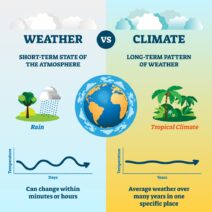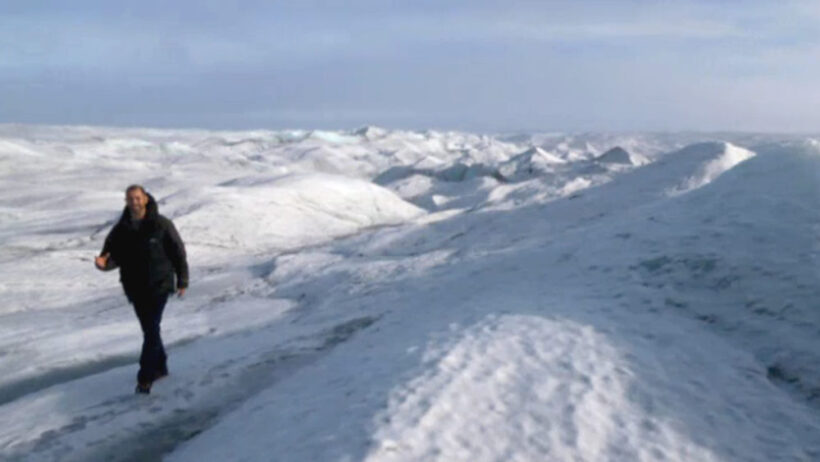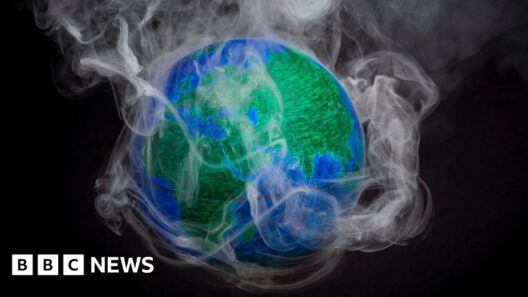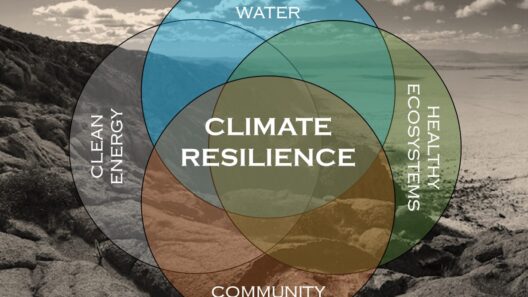Greenland, the world’s largest island, is often synonymous with extreme cold and formidable glaciers. The climate here is a crucial factor in understanding the broader implications of climate change. The intricate interplay between the Arctic chill and the mysteries of the ice sheet is a poignant reflection of the consequences of global warming. As we delve into this topic, we will explore various aspects of Greenland’s climate, its regional variations, the essential role of the ice sheet, and the ongoing consequences of climatic shifts.
Temperatures across Greenland vary dramatically depending on the season and location. The coastal areas experience milder climates characterized by maritime influences, while the interior is dominated by harsh frigid conditions. In the summer months, temperatures can rise to a surprising 60°F (15°C) along the southwestern coast, yet starkly plummet to below freezing in the northern regions. These variations create distinct ecosystems that are profoundly affected by climate dynamics.
During winter, Greenland transforms into a frozen expanse, with average temperatures plummeting to around -20°F (-29°C) or lower in the interior. The relentless Arctic chill leads to the formation of extensive ice-covered landscapes. Noteworthy is the fact that the temperature gradient between the coast and the interior intensifies, resulting in a vital climatic distinction for these regions. The coastal areas receive milder weather from the North Atlantic currents, while the central and northern regions succumb to the brutal Arctic air masses.
Precipitation patterns alongside temperature fluctuations contribute significantly to the unique climate of Greenland. Most of Greenland receives scant rainfall, often less than 20 inches (500 mm) annually, predominantly occurring as snow. This is crucial as snowfall contributes to the mass of the ice sheet and affects its long-term stability. The patterns of precipitation are largely influenced by atmospheric conditions, including the behavior of the polar vortex and the North Atlantic Oscillation, leading to varying weather phenomena across seasons.
One of the most significant features of Greenland’s climate is its vast ice sheet, the second largest in the world after Antarctica. The Greenland Ice Sheet covers approximately 1.7 million square kilometers (656,000 square miles), holding around 8% of the world’s freshwater. Understanding its dynamics is essential, particularly amid the ongoing climate crisis. The ice sheet plays a pivotal role in global sea levels, contributing to an alarming rise as temperatures escalate.
Scientific studies reveal that Greenland’s ice sheet is experiencing accelerated melting, primarily driven by climate change. The increase in surface temperatures and the warming ocean currents are eroding the glaciers from below, creating a dual threat. As the ice melts, it contributes approximately 0.7 millimeters to global sea-level rise each year. The cascading effects of this phenomenon are profound, influencing coastal regions worldwide and putting numerous ecosystems at risk.
Furthermore, the mechanisms involved in ice loss are complex and multifaceted. Surface melting occurs when warmer temperatures induce the thawing of snow and ice, leading to an increase in the rate of runoff. Meanwhile, submarine melting results from warmer ocean water infiltrating beneath the ice shelves, exacerbating loss rates. These processes collectively illustrate the fragility of the ice sheet and the imminent threats posed by a warming climate.
In addition to melting ice, the climatic changes impact biological components in Greenland. The region’s flora and fauna are not immune to the effects of temperature shifts. Species such as the Arctic fox and polar bear are particularly vulnerable, with habitat loss and food supply disruptions becoming increasingly prevalent. The shift in climatic patterns also facilitates the migration of species into new territories, leading to competition that can jeopardize indigenous wildlife.
Moreover, Greenland’s indigenous populations, such as the Inuit, face unique challenges correlated with climate variability. They depend on ice for traditional hunting and fishing practices, but with declining ice cover, accessibility to vital resources diminishes. Consequently, this environmental upheaval amplifies socio-economic instabilities, creating a need for resilience within these communities.
The winter, although austere, offers its own unique beauty and coherence to the ecosystem. The Arctic chill produces a stark landscape where the sun barely rises during polar nights, creating extraordinary phenomena such as the Northern Lights. This spectacle not only captivates onlookers but underscores the ethereal nature of Greenland’s environment, which is at once delicate and formidable.
In conclusion, the climate of Greenland is an intricate tapestry woven from the threads of temperature, precipitation, and ice dynamics. Each aspect of this climatic narrative serves as a critical reminder of the environmental vulnerabilities in the Arctic region. As we witness accelerating changes, the repercussions resonate far beyond the shores of Greenland, reinforcing the necessity of concerted global action to mitigate these challenges. The mysteries of the ice sheet and the enduring Arctic chill encapsulate the urgency of understanding and addressing the impacts of climate change on this remote but vital part of our planet.








